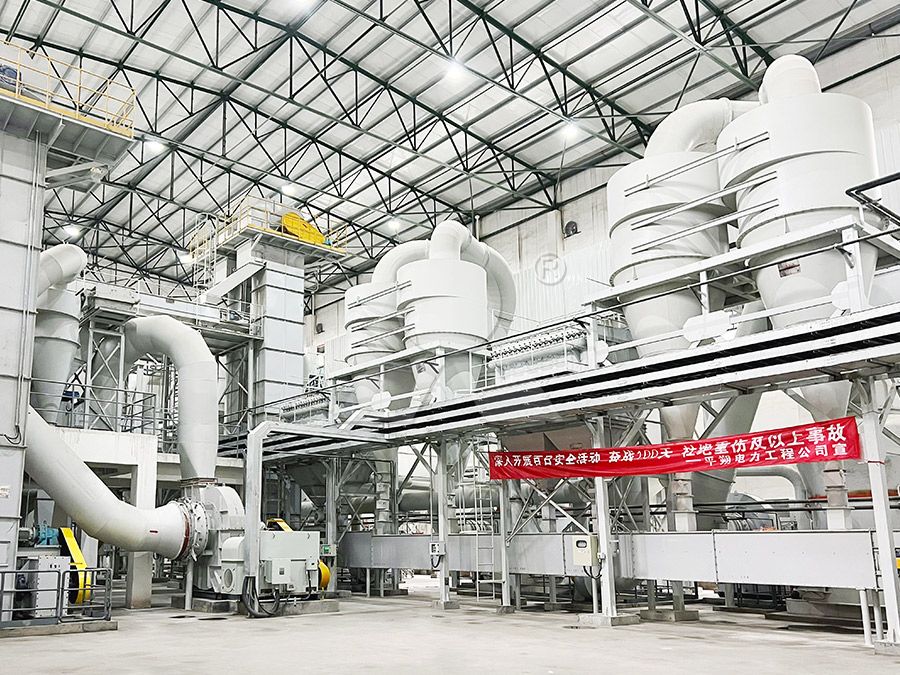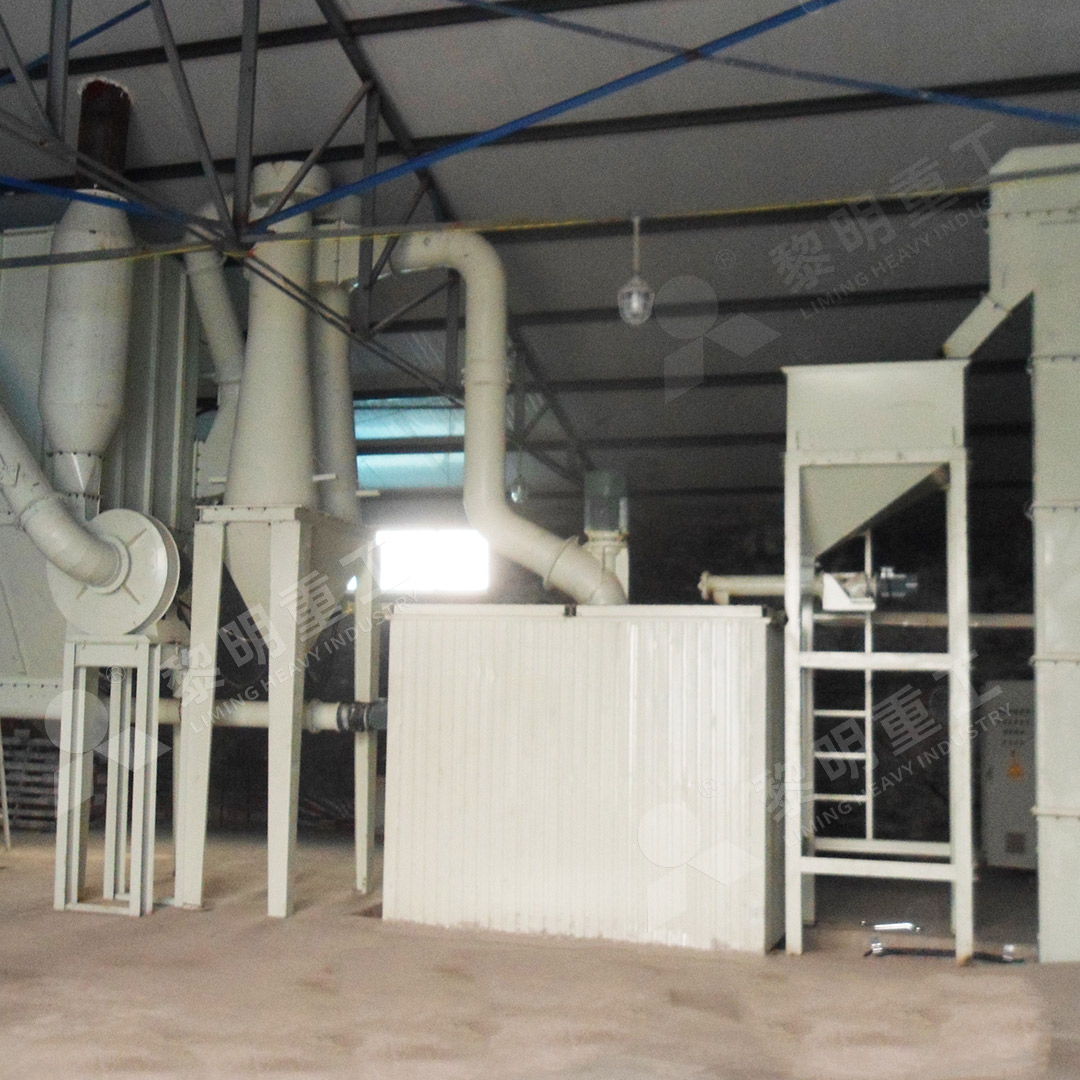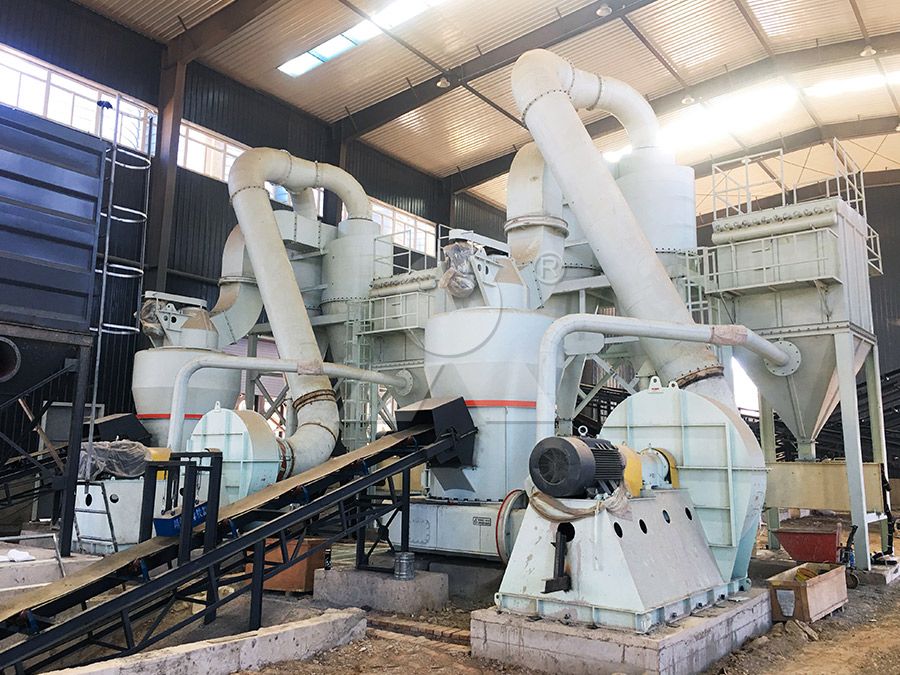Calcium Carbonate Filler Grinding Mill: Key Equipment for Industrial Applications
Calcium Carbonate Filler Grinding Mill: Key Equipment for Industrial Applications
In today’s industrial landscape, calcium carbonate fillers have become indispensable components across numerous sectors. From plastics and paints to pharmaceuticals and construction materials, the demand for precisely ground calcium carbonate continues to grow. The quality of these fillers directly impacts product performance, making the selection of appropriate grinding equipment a critical decision for manufacturers worldwide.
The transformation of raw calcium carbonate into functional fillers requires sophisticated milling technology capable of producing consistent particle size distributions while maintaining operational efficiency. Modern grinding mills must balance production capacity with energy consumption, all while meeting stringent environmental standards.

The Evolution of Grinding Technology
Traditional grinding methods often struggled to achieve the fine particle sizes required for high-performance fillers while maintaining cost-effectiveness. Early ball mills and Raymond mills, while revolutionary in their time, presented limitations in energy efficiency and particle size control. The industry’s shift toward ultrafine grinding solutions represents a significant technological advancement, enabling manufacturers to produce superior fillers with enhanced properties.
Contemporary grinding systems incorporate advanced separation technologies, precision engineering, and intelligent control systems. These developments have transformed calcium carbonate processing from a simple size reduction operation to a sophisticated manufacturing process that adds significant value to the final product.
MW Ultrafine Grinding Mill: A Game-Changer for Precision Processing
For operations requiring exceptional fineness control, the MW Ultrafine Grinding Mill stands as a premier solution. This advanced system processes materials with input sizes up to 20 mm and delivers capacities ranging from 0.5 to 25 tons per hour. What truly distinguishes this equipment is its ability to produce powders with fineness adjustable between 325-2500 meshes, with remarkable precision achieving d97≤5μm in a single pass.
The MW series incorporates German cage-type powder selector technology, which dramatically improves separation accuracy. The innovative design eliminates rolling bearings and screws within the grinding chamber, addressing common failure points that plague conventional mills. This engineering foresight translates to reduced maintenance requirements and enhanced operational reliability.

Environmental Considerations in Modern Grinding Operations
Today’s industrial equipment must address environmental concerns without compromising performance. The integration of efficient pulse dust collectors and advanced muffler systems in modern grinding mills demonstrates how environmental stewardship and operational excellence can coexist. These systems effectively contain dust emissions and reduce noise pollution, ensuring compliance with international environmental standards while maintaining productivity.
The MW Ultrafine Grinding Mill exemplifies this approach, featuring external lubrication systems that permit maintenance without production interruptions. This design consideration not only enhances operational efficiency but also contributes to a cleaner, safer working environment.
Selecting the Right Equipment for Specific Applications
Different industrial applications demand distinct calcium carbonate characteristics. The paper industry typically requires fillers with specific brightness and particle size distributions, while plastic composites need surface-treated calcium carbonates with optimized dispersion properties. Understanding these application-specific requirements is crucial when selecting grinding equipment.
The versatility of modern grinding mills like the MW series allows processors to adapt to varying market demands. With the capability to handle not just calcium carbonate but also other industrial minerals including dolomite, barite, and talc, these systems offer manufacturers the flexibility to diversify their product portfolios.

Economic Advantages of Advanced Grinding Systems
Beyond technical capabilities, the economic proposition of modern grinding equipment deserves careful consideration. The MW Ultrafine Grinding Mill demonstrates how innovative engineering can deliver substantial operational savings. Compared to traditional jet mills, this system reduces energy consumption by approximately 30% while increasing production capacity by up to 40%. These efficiency gains directly impact production costs and enhance competitiveness in price-sensitive markets.
The comprehensive approach to equipment design extends to digital manufacturing processes, where numerical control machine tools ensure exceptional precision in component fabrication. This manufacturing rigor translates to longer service life, reduced downtime, and consistent product quality throughout the equipment’s operational lifespan.
Frequently Asked Questions
What particle size range can the MW Ultrafine Grinding Mill achieve?
The MW series can produce powders with fineness adjustable between 325-2500 meshes, with the capability to achieve d97≤5μm in a single processing stage.
How does the energy consumption compare to traditional grinding systems?
The MW Ultrafine Grinding Mill reduces energy consumption by approximately 30% compared to jet mills while increasing production capacity by up to 40%.
What maintenance advantages does this equipment offer?
The absence of rolling bearings and screws in the grinding chamber eliminates common failure points. External lubrication systems enable maintenance without production stoppages.
Can the system handle materials other than calcium carbonate?
Yes, the equipment processes various industrial minerals including limestone, dolomite, barite, talc, and petroleum coal, among others.
What environmental features are incorporated?
The system includes efficient pulse dust collectors and mufflers that minimize dust emissions and noise pollution, ensuring compliance with environmental standards.
